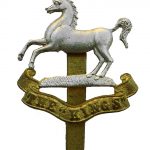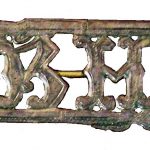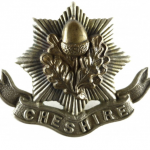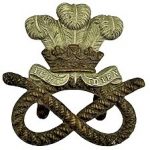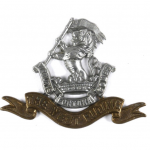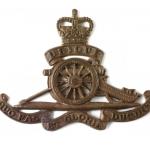
The Royal Field Artillery in the Boer War faced a series of problems that it had largely not encountered before. Artillery as a unit was very effective against fortifications or standing phalanxes of men, neither of which featured in any great numbers in South Africa. It was designed to fight in a European war not the open savannahs of South Africa.
Artillery and its ammunition were big and heavy, requiring a large number of heavy horses to move them. The horses themselves needed large a...
Read More


